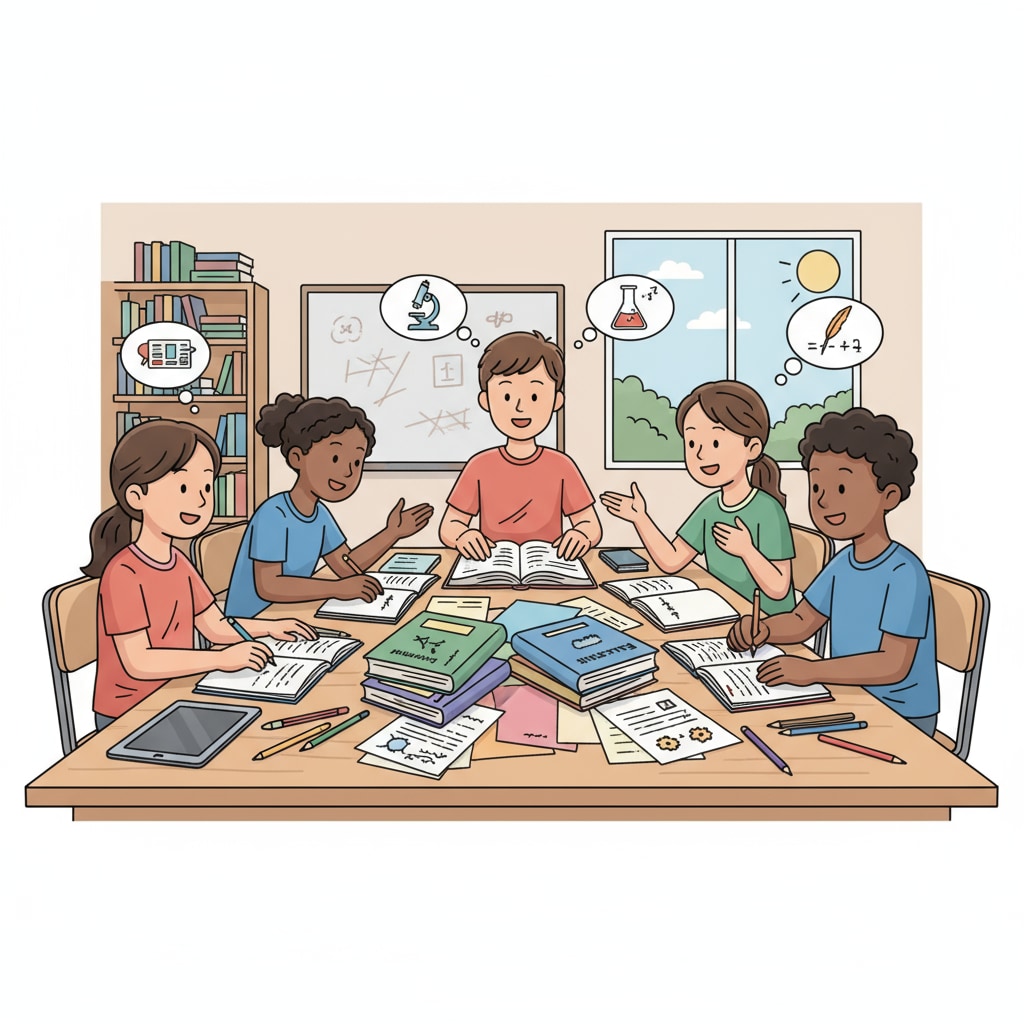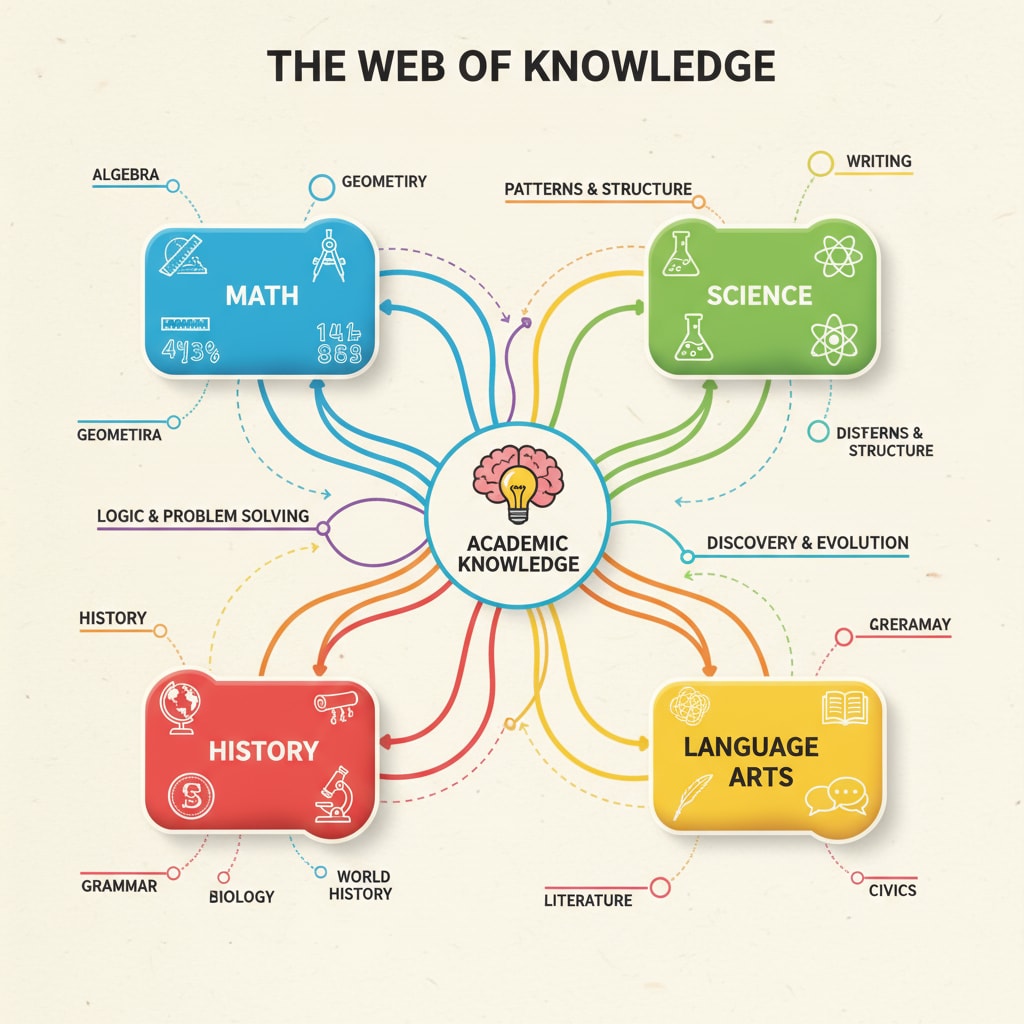In the modern educational landscape, the concepts of learning plan, interdisciplinary knowledge, and personal curriculum have taken center stage, especially for K12 students. In an era of rapid knowledge expansion, it’s essential for young learners to explore beyond traditional subject boundaries.

Understanding the Need for Interdisciplinary Learning
Interdisciplinary learning is not just a trendy buzzword; it’s a necessity in preparing K12 students for the future. As the world becomes more complex, problems are rarely confined to a single discipline. For example, environmental issues require knowledge of biology, chemistry, and social studies. By integrating different subjects, students can develop a more comprehensive view of the world. According to Britannica on Education, interdisciplinary learning fosters creativity and critical thinking skills.

Steps to Create a Personalized Learning Plan
1. **Self – Assessment**: First, students need to understand their interests, strengths, and weaknesses. This could involve taking quizzes or reflecting on past academic performance. For instance, a student who enjoys storytelling might have an interest in language arts and history.
2. **Set Clear Goals**: Goals should be specific, measurable, achievable, relevant, and time – bound (SMART). A goal could be to understand the historical context of a particular literary work within a semester.
3. **Select Interdisciplinary Topics**: Choose topics that span multiple subjects. For example, a project on the impact of the Industrial Revolution can incorporate history, science, and economics. Wikipedia on Interdisciplinary Studies provides a wealth of examples.
4. **Resource Gathering**: Identify books, online courses, and educational apps that can support the chosen topics.
Once the plan is in place, it’s important to regularly review and adjust it. As students progress, their interests and needs may change. Therefore, flexibility is key to ensuring the effectiveness of the learning plan.
Readability guidance: By following these steps, students can start building their personalized interdisciplinary learning plans. Each step is crucial in creating a well – rounded educational experience that combines different areas of knowledge.


